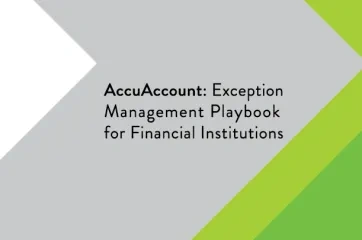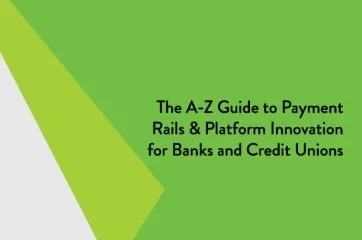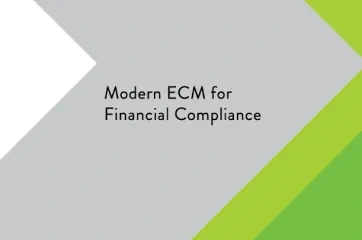New Account Onboarding
New account onboarding involves completely and correctly entering all pertinent details of a deposit or loan account into the core banking system. Depending on the bank or credit union, this process might be performed manually by document preparation staff members or by boarding clerks. Other financial institutions may employ an interface that automatically transfers data from the loan or deposit system directly to the core.
For a deposit account, the information may include:
- type of account
- statement cycle
- account owner name(s)
- interest rate
- service charges
For a loan account, the information may include:
- loan terms
- parties associated with the loan
- interest rate
- interest type (fixed or variable)
- payment terms
- collateral pledged on the loan
Quality Control for New Account Onboarding
After information is entered into the core banking system, the new account typically goes through a process of quality control (QC). All the data points should be double-checked for accuracy. This is also known as a “check back.”
Imaging and New Account Onboarding
In addition to entering the specific details of a new deposit or loan account into the core, account onboarding typically involves a number of document management tasks as well. For example, deposit accounts typically require the creation of a signature card. In addition, a file containing all the account documents is also created. Different accounts require different documents, which creates complexity for the bank or credit union. Scanning deposit and loan documents using an imaging system (such as AccuAccount) and storing them electronically can simplify the document management process, especially when the imaging system provides built-in exception tracking capabilities. This approach also allows financial institutions to easily locate and view documents and decreases the need for physical storage.
Tracking New Loan Account Exceptions
Onboarding one new account can create significant administrative work for back-office staff, especially for complex commercial loans. Ensuring proper documentation in the new account’s file is a key step to ensuring compliance and minimizing exceptions. Example tasks for a new loan might include:
- recording a deed of trust
- filing a UCC financing statement
- verifying insurance
- informing an insurance agent of a property lien
Welcoming New Accounts
Part of new account onboarding may also entail the generation of a welcome letter that is sent to the account holder. On the deposit side, enclosures might include temporary checks or debit cards, while letters for new loans might include payment books. Banks and credit unions sometimes use welcome letters as an opportunity to promote additional products in which customers may be interested. Welcome letters also serve as an additional address verification check.
Account Management Resources
For more information on account management in the banking industry, be sure to check out our extensive resource library with free spreadsheets, whitepapers, and eBooks.
Browse our banking definitions page for more terminology.







